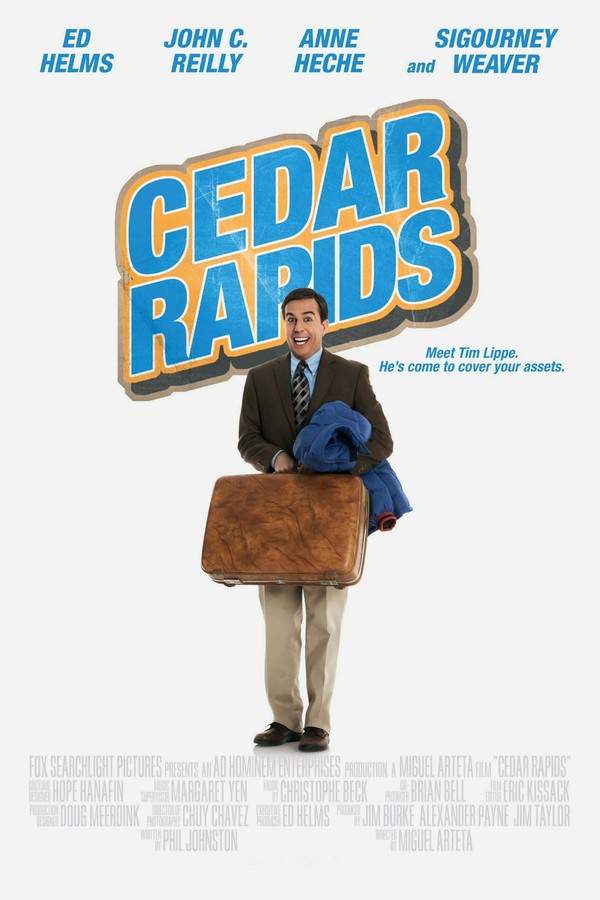
Cedar Rapids
Year: 2011
Runtime: 86 min
Language: english
Director: Miguel Arteta
A small-town insurance agent, Tim Lippe, finds his quiet life disrupted when he's sent to an industry convention in Cedar Rapids, Iowa. Thrust into an unfamiliar environment, he encounters a group of seasoned attendees who introduce him to a weekend of unexpected experiences. As Tim navigates the conventions and confronts new situations, he's challenged to step outside his comfort zone and re-evaluate his sheltered perspective on life.
Warning: spoilers below!
Haven’t seen Cedar Rapids yet? This summary contains major spoilers. Bookmark the page, watch the movie, and come back for the full breakdown. If you're ready, scroll on and relive the story!
Timeline & Setting – Cedar Rapids (2011)
Explore the full timeline and setting of Cedar Rapids (2011). Follow every major event in chronological order and see how the environment shapes the story, characters, and dramatic tension.
Last Updated: November 22, 2025 at 15:26
Main Characters – Cedar Rapids (2011)
Meet the key characters of Cedar Rapids (2011), with detailed profiles, motivations, and roles in the plot. Understand their emotional journeys and what they reveal about the film’s deeper themes.
Last Updated: November 22, 2025 at 15:26
Major Themes – Cedar Rapids (2011)
Explore the central themes of Cedar Rapids (2011), from psychological, social, and emotional dimensions to philosophical messages. Understand what the film is really saying beneath the surface.
Last Updated: November 22, 2025 at 15:26
Unlock the Full Story of Cedar Rapids
Don't stop at just watching — explore Cedar Rapids in full detail. From the complete plot summary and scene-by-scene timeline to character breakdowns, thematic analysis, and a deep dive into the ending — every page helps you truly understand what Cedar Rapids is all about. Plus, discover what's next after the movie.
Cedar Rapids Summary
Read a complete plot summary of Cedar Rapids, including all key story points, character arcs, and turning points. This in-depth recap is ideal for understanding the narrative structure or reviewing what happened in the movie.

Cedar Rapids Timeline
Track the full timeline of Cedar Rapids with every major event arranged chronologically. Perfect for decoding non-linear storytelling, flashbacks, or parallel narratives with a clear scene-by-scene breakdown.



